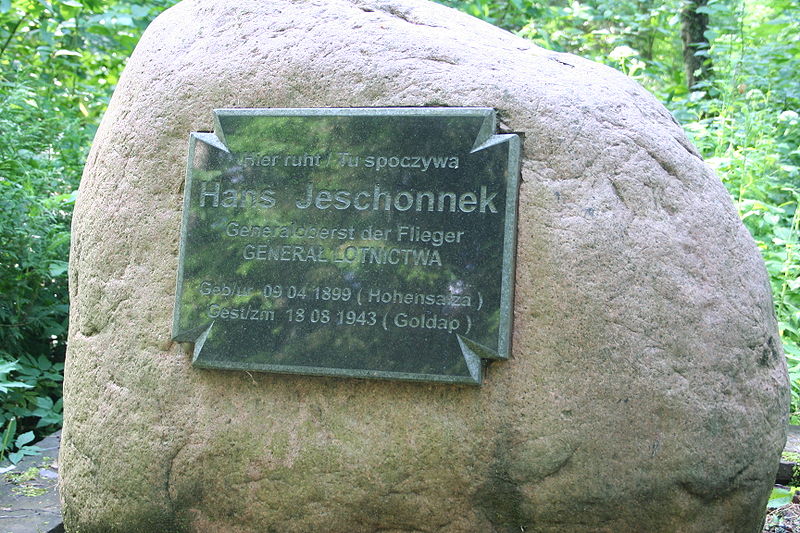
General Hans Jeschonnek, the Chief of Staff of the Luftwaffe, committed suicide on 18 August 1943. This account has been garbled in a number of books, so here is my current write-up on the story:
Post-Mortem
General Hans Jeschonnek’s attempts to escape to the field by taking over command of the Fourth Air Fleet had failed. After the British bombing of Hamburg on 24/25 July, Goering decided that Jeschonnek would remain as chief of staff. Trapped in an impossible job, Jeschonnek was also affected by the recent loss of his father, brother, and brother-in-law. On the night of 17 August, the RAF bombed the missile base at Peenemuende.[1]
Jeschonnek had already displayed considerable sensitivity, having almost had a nervous breakdown in November 1941 and spending three days in bed after General Udet (the famous World War I ace) had committed suicide and General Wilberg and the famous ace Major Moelders had been killed in separate air crashes while flying to Udet’s funeral. He had also previously attempted suicide himself. During the day of 18 August, the young chief of staff wrote a number of suicide notes, including one short note that said “I can no longer work together with the Reichsmarschall [Goering]. Long live the Fuehrer!” He also wrote a memorandum to Hitler that was critical of his boss, Goering. He then shot himself in his office on the command train of the Luftwaffe, in what is now Goldap, Poland (at the time part of East Prussia). It was near Hitler’s command post, the Wolf’s Lair in East Prussia.[2] He was 44 years old.
[1] There is a claim in many accounts that Adolf Hitler called Jeschonnek on the afternoon of 17 August or the morning of 18 August to again criticize the Luftwaffe, telling him “You know what to do” or “You know what is left for you to do now.” This story apparently comes from Field Marshal Erhard Milch, the Air Inspector General, who testified that Jeschonnek had a story stormy session with Hitler. This entire story is disputed and dismissed by Prof. Richard Suchenwirth, Command and Leadership in the German Air Force (USAF Historical Division, Aerospace Studies Institute, Air University, July 1969), page 288. Suchenwirth states “It is untrue, as Milch has claimed, that Jeschonnek had had a heated discussion with Hitler on the afternoon preceding his suicide, during which Hitler had told him that the failures were his responsibility and that he “ought to know now what was expect of him.” This account is denied by those who were best informed about the situation.”
[2] Suchenwirth, pages 284-290. Many accounts state that Jeschonnek committed suicide at Hitler’s command post, the Wolf’s Lair in East Prussia, on 18 or 19 January 1943. His gravestone gives his date of death as 18 January 1943 (see https://ww2gravestone.com/people/jeschonnek-hans/). The date of his death was officially posted as 19 January 1943 by Hermann Goering to disconnect it from the Peenemunde bombing so as to hide the manner and reason for his death. They also published that he died from a hemorrhage of the stomach.
One does note that some otherwise credible accounts still give the date of his death as 19 August 1943: for example:
